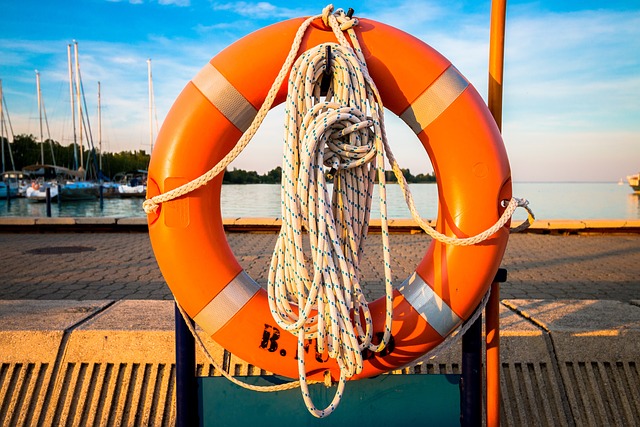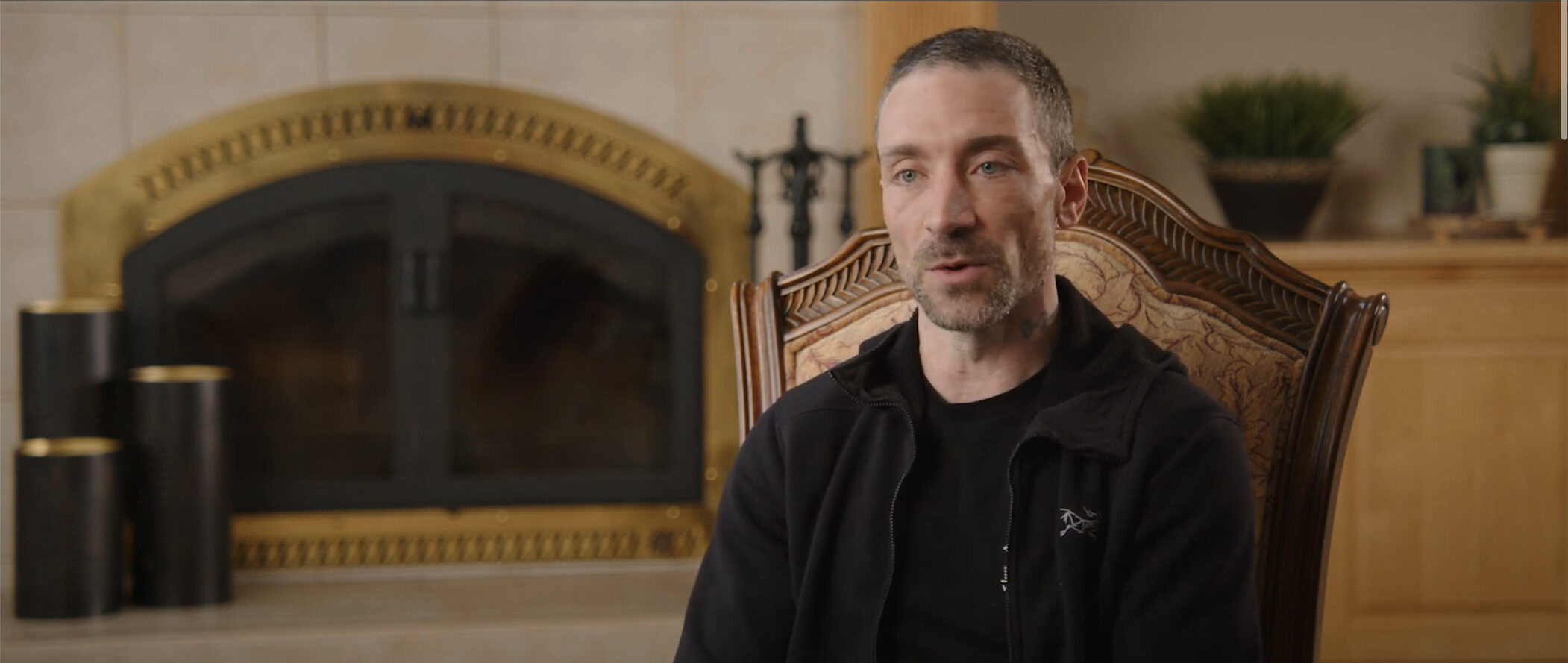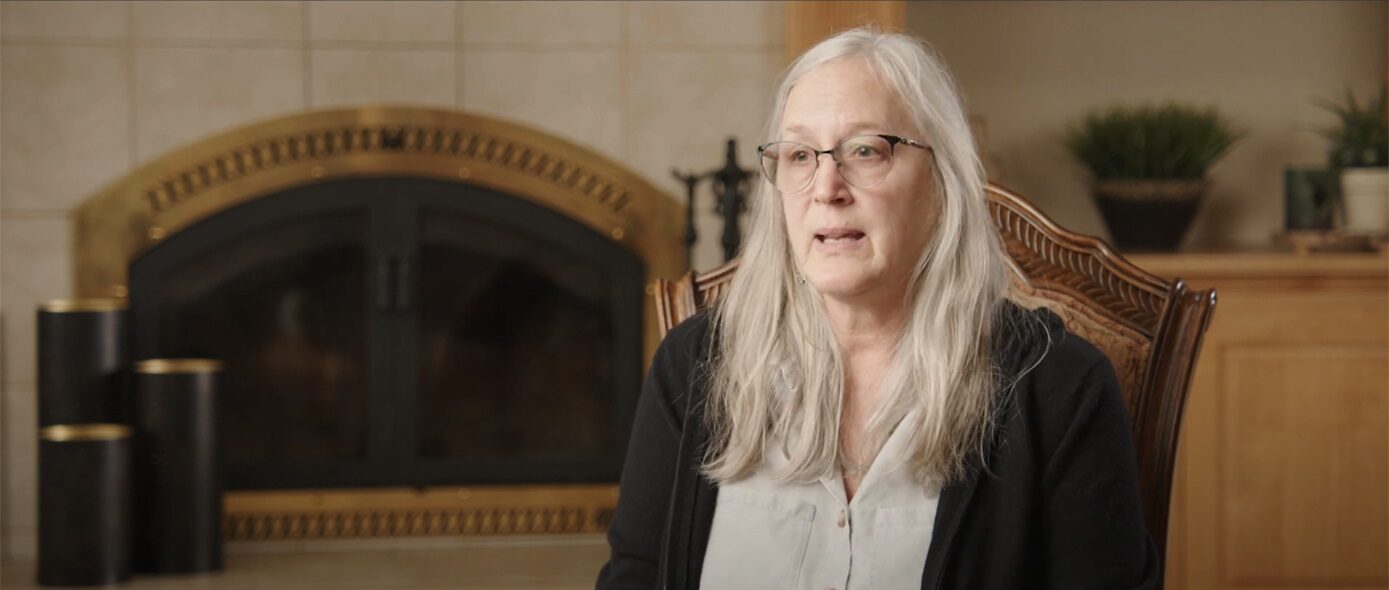There’s nothing quite as fun as going boating on a hot summer day, whether you’re heading out to do some fishing or just riding around on the waves. But all of that fun comes with the responsibility to keep yourself safe while you’re out on the water. There are many ways that you can get hurt if you’re not careful, so you need to follow some basic safety rules to make sure that everyone makes it back to shore with a smile on their face.
One of the most important things you can do to keep yourself safe on a boat is also one of the easiest things to do: Wear a life jacket. Life jackets are just as important as seat belts in cars or a helmet for when you ride a bike. A life jacket will help you float if you fall out of the boat and into the water. That’s really important because the water in a lake or river can be a lot more dangerous than the water in a swimming pool. The water under your boat can be really cold, and it can also have strong currents in it that can carry you away or pull you underwater. Even if you’re a really good swimmer, you should always wear a life jacket whenever you’re in a boat. Make sure that the life jacket that you wear fits you properly: It should have a label that shows how big of a person it’s made for. You should also check your life jacket to make sure that the buckles and straps are in good condition before you put it on. Once you’re sure that the life jacket is OK to use, put it on and buckle all of the straps.
A safety whistle is also a good thing to have when you’re on a boat. Attach one to your life jacket and you’ll always have it with you in case you need it. If you fall out of the boat, you can blow on the whistle to get attention and help from the others on board. Just make sure to only use it in an emergency, not as a toy.
You should always pay attention to what’s around you when you’re going out on a boat. That means looking at the water so you can see other boats or things like rocks or debris that you need to steer the boat around. You should also keep an eye on the sky. Storms can roll in quickly and be very dangerous. If you see a storm coming, you should get the boat to shore, then stay on land until the storm passes.
Ideally, everyone who will be riding in your boat should know how to swim. Keep in mind that swimming in open water, like a lake or river, can be a lot different and more dangerous than swimming in a pool. If you don’t know how to swim, it’s a good idea to sign up for swimming lessons. At a minimum, you should learn how to move in the water, how to swim to the surface if you’re thrown into the water, and how to pull yourself up out of the water and onto the boat.
The adults in charge of the boat should use a safety checklist to make sure that they’re well-prepared for a safe trip. The checklist should include things like having life jackets for everyone, checking the condition of the boat to make sure that it’s safe to use, and looking at the weather forecast. Parents should also learn basic rescue skills and CPR, just in case there’s an emergency or someone gets injured while you’re on the boat.
When you’re out boating with your family, always make sure that at least one adult is watching the kids at all times. Young children should stay within an adult’s reach while they’re on the boat. And if older kids are allowed to jump into the water for a swim, they should never swim alone; always swim in pairs or with an adult.
To learn more about how to stay safe while you’re out on the water, check out these resources:
- Boating Safety Tips
- Safe Boating Tips
- Important Boating Safety Tips
- Boating Regulations and Safety Information
- Water Safety 101: Basic Guidelines
- Boat Safely With These Ten Safety Tips
- Boating Safety 101: Seven Crucial Rules Every Captain Should Follow
- Admiralty and Maritime Law
- Water Safety Tips
- Five Boating Safety Tips
- Boating Safety for Kids
- Boating Safety Tips
- Boating With Kids: How to Keep Them Safe
- Boating Injury Lawyers
- Essentials of Boating Safety: Life Jackets and Supervision
- Summer Boating Safety Tips
This page was last updated by Douglas R. Williams












